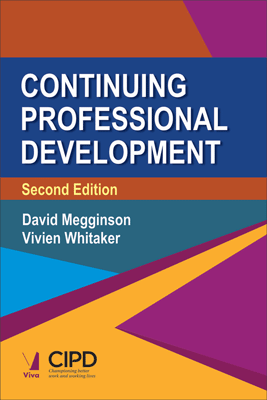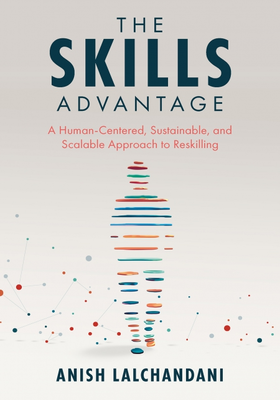Continuing Professional Development, 2/e
Continuing Professional Development, 2/e
₹445.50 ₹495.00 Save: ₹49.50 (10%)
Go to cartISBN: 9788130934020
Bind: Paperback
Year: 2017
Pages: 172
Size: 6 x 9 Inch
Publisher: Chartered Institute of Personnel and Development
Published in India by: Viva Books
Exclusive Distributors: Viva Books
Sales Territory: India, Nepal, Pakistan, Bangladesh, Sri Lanka
"The chapters answer many of the questions we are asked during CPD workshops and will provide underpinning arguments and support for both staff and students to encourage a positive attitude to this development tool."
—Tricia Price, Course Leader MA Personnel and Development, Westminster Business School (comments on 1st edition)
Description:
Continuing Professional Development (CPD) is an integral part of the ClPD Professional Standards. In addition to traditional modes of study, all ClPD students must demonstrate an understanding of, and commitment to, CPD. Furthermore, those wishing to become Members of the Institute must demonstrate a similar commitment to CPD. This book will provide both groups with detailed practical guidance and a theoretical overview. The text includes a range of examples and case studies (with commentary) and various activities are proposed to aid self-assessment and evaluate progress.
This second edition builds on the success of the first, offering:
- increased coverage of the critical debate about issues in CPD
- outlines of how to organise and encourage CPD
- guidance on how seniors and professionals can use and benefit from CPD
Target Audience:
This book is useful for HR students and professionals as well as for Management professionals.
Contents:
Acknowledgements
List of figures
Preface
Part 1: Exploring Continuing Professional Development
Chapter 1: Clarifying Continuing Professional Development • Introduction • The need for CPD • Core concepts of CPD • Stakeholders involved in CPD • Key principles of CPD • Giving priority to CPD • Transforming limitations to CPD • The relevance of CPD • Conclusion
Chapter 2: Understanding Continuing Professional Development • Introduction • The seven paradoxes within CPD • The paradoxes explored • Conclusion • developing a high level of curiosity
Part 2: Engaging in Continuing Professional Development
Chapter 3: Identifying development needs • Introduction • Developing an "extraordinarily realistic self-image" • Sources of a sense of self • Framework for developing an ERSI • Specific work-based issues • Development issues emerging from reflection • Feedback from others • Self-assessment metrics • Organisational metrics • Professional standards • Conclusion • the agenda for change
Chapter 4: Prioritising needs and selecting appropriate activities • Introduction • Summarise your development agenda • Balanced goals • Goals and plans • Goal-setting theory • Priorities • the final check • Formats for your CPD plan • Putting it all together • staring up the steps
Chapter 5: Undertaking development activities • Introduction • Being a skilled learner • Methods of development • The range of methods • Getting the most out of the experiences we have (FAQs) • Conclusion
Chapter 6: Recording and evaluating development • Introduction • Reasons for recording • The CPD record • Logging reflection and reviewing • Why does journal-writing work? • A portfolio of action and learning • Evaluation of CPD • The CIPD's stance on recording • Conclusion
Part 3: Consolidating Your CPD Achievements
Chapter 7: Celebrating success • Introduction • Finishing the fringe • Owning our success • Acknowledging and thanking people who helped • Addressing the demonic aspect • Letting go of excess baggage • Being authentic • Celebrating completion • Spreading the word • Conclusion
Chapter 8: Networking your future • Introduction • Analysing your CPD network • Creating a learning network through Action Learning • Creating your own self-development group • Learning partners • mentoring • Five degrees of separation • How to organise and encourage CPD • Conclusion
Chapter 9: Empowering career creativity • Introduction • Using our senses to enhance our learning • CPD for visually-oriented learners • Tuning in for auditorily-oriented learners • Getting a hold on kinaesthetically-oriented learning • Further refining our skills in analysis and planning • Conclusion
Appendix 1
Appendix 2
Resources and bibliography
Index
About the Authors:
David Megginson is Professor of HRD at Sheffield Hallam University. He is on both the Membership and Education Committees of the ClPD and the CPD Working Group.
Vivien Whitaker lectures, researches and is a consultant at Sheffield Hallam University.







